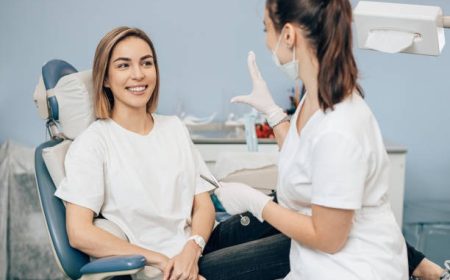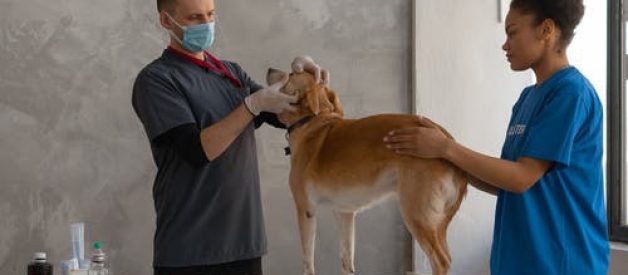Pet owners strive to care for their pets throughout all life stages. As pets age, surgery risks increase, presenting challenges that require careful consideration. This exploration focuses on understanding these risks to ensure informed decisions are made for the health and longevity of beloved pets, acknowledging the unique needs at each life stage from playful youth to senior years.
The Increased Risks for Senior Pets
Just like humans, as pets age, their bodies undergo various changes. These can include a decline in organ function, reduced metabolic rate, and diminished ability to recover from stress or injury. Such factors undoubtedly contribute to an increased risk when considering surgery for an older pet. Veterinarians, thus, have a vital role in assessing each animal’s risk before proceeding with an operation.
-
Pre-Surgical Assessments: A comprehensive assessment may include blood work, radiographs, and other diagnostic tests to evaluate the pet’s overall health.
-
Anesthesia Considerations: Older pets may require different anesthesia protocols to reduce stress on the heart and other vital organs.
-
Post-Operative Care: The recovery process may take longer for senior pets, necessitating additional pain management and supportive care strategies.
Young Pets Resiliency with a Catch
Young pets aren’t free from surgical risks, though their youth often lends them a greater ability to bounce back from invasive procedures. Their rapidly growing bodies can be an advantage when healing. However, it’s important to recognize that young animals can be prone to different risks compared to their older counterparts – including developmental disorders and conditions that may complicate surgery.
-
Developmental Conditions: It’s crucial to address any congenital or developmental issues before they exacerbate with age.
-
Growth Considerations: For surgeries involving bones or joints, it’s essential to account for future growth.
-
Energetic Temperament: Younger pets might be less compliant with postoperative restrictions, potentially risking injury or delayed healing.
Recognizing General Surgical Risks for Pets of All Ages
Regardless of age, certain surgical risks are inherent for all pets. These include the potential for infection, complications from anesthesia, and unexpected reactions to medications or surgical materials. Veterinary teams work diligently to minimize these risks by adhering to stringent sterilization protocols, carefully monitoring anesthesia, and using the latest surgical techniques.
Preventing and Mitigating Surgical Risks in Pets
Preventative measures, thorough preparation, and meticulous monitoring can all reduce the chance of complications during and after surgery. Here are some strategies to consider:
-
Maintaining a healthy weight through proper diet and exercise.
-
Regular veterinary check-ups to catch potential health issues early.
-
Following veterinary guidance on pre-and post-surgery care.
-
Oral health significantly impacts overall wellness; having a skilled vet dentist in Tucson is necessary for maintaining your pet’s health.
Understanding Emergency Care for Pets
Emergency surgery often carries additional risks stemming from the critical nature of the condition and the urgency of the situation. Pet owners must choose an emergency care provider equipped with an expert surgical team and advanced facilities to ensure the best possible outcomes for their beloved animals. Open this link to learn more about urgent care.
Exploring Pet Surgery Options
Modern veterinary medicine offers a broad range of pet surgery options, from routine spays and neuters to advanced orthopedic procedures. It is pivotal for pet owners to discuss the various surgical approaches available, their risks, and potential outcomes with their veterinarian to ensure the selected method aligns best with their pet’s needs.
Balancing Benefits and Risks
Deciding to proceed with surgery involves weighing the procedure’s potential benefits against the associated risks. Factors such as the pet’s age, overall health, and the urgency of the surgical intervention all play crucial roles in this decision-making process.
-
Evaluating the Necessity: Determining whether surgery is the best course of action.
-
Considering Alternatives: Exploring non-surgical options if available and appropriate.
-
Understanding the Prognosis: Having realistic expectations about the surgery’s outcomes.
Recovery and Rehabilitation
The period following surgery is just as important as the procedure itself. Creating a conducive environment for recovery, adhering to medication schedules, and possibly undergoing rehabilitation are all integral to a successful outcome.
-
Creating a quiet, comfortable space for your pet to rest.
-
Strictly following the veterinarian’s instructions for post-operative care.
-
Keep follow-up appointments to monitor your pet’s progress.
Final Thoughts
As a responsible pet owner, take action to minimize surgery risks for your aging pet by staying informed. Please work with your vet, follow their advice on pre- and post-op care, and keep a close eye on your pet’s health. Your engagement is crucial for the success and safety of your furry friend’s procedures, so prioritize their well-being by remaining proactive in communication and care. Let’s ensure a happy, healthy life for your cherished animal companion—act now for their better tomorrow.








